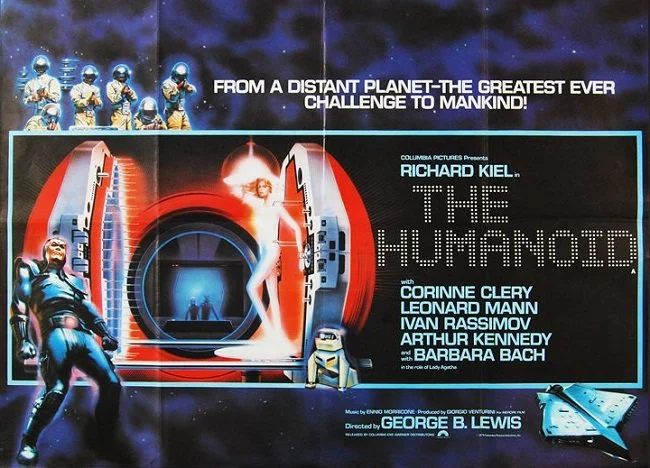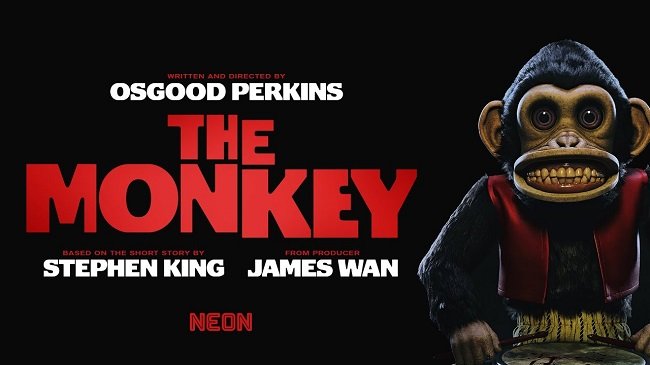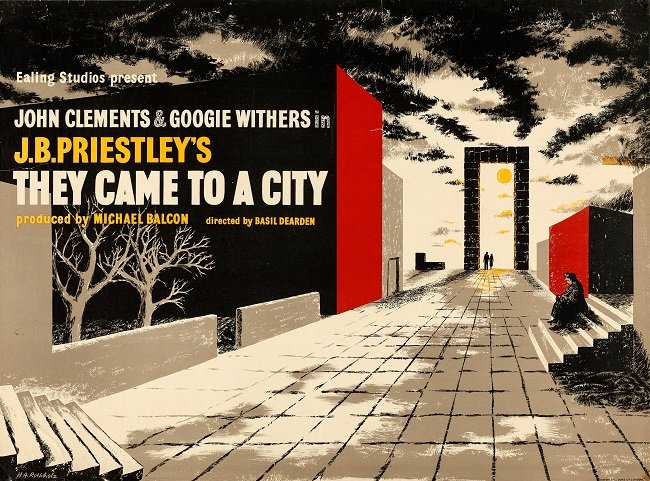Bad Monster Movies
I was chatting with some friends recently about monster movies and creature features as they have been a mainstay of cinema for as long as the medium has existed. At it’s best, a good cinematic monster or monsters are a metaphor for examining a societal ill or it can also be a clever MacGuffin to explore the human condition. Clive Barker’s troubled film, Nightbreed being a prime example of this where the monsters are the persecuted protagonists and the humans are terrible creatures, lacking empathy. However, be your narrative deep or simple, if you’re going to have a monster in your film, then try to do it right. A poorly realised design or badly implemented, low budget visual effects can work against the credibility of your creature and there are no shortage of cinematic examples. So I thought it would be fun to list a few “bad” movie monsters. I try to provide some context with each example as to why each particular monster didn’t quite work. Naturally I have not in anyway created a definitive list and would be happy for readers' comments if they have other examples they’d care to share.
Watchers (1988). Here is a great title to start with, being a very poor adaptation of Dean R. Koontz novel of the same name. The subtleties and pathos of the original story have been replaced with eighties big hair courtesy of Corey Haim. On the plus side, Michael Ironside provides a characteristic performance of borderline psychosis. The downside being the OXCOM, the renegade government experiment at the centre of the story. It really is a shoddy example of uninspired animatronics and full body prosthesis.
Prophecy (1979). John Frankenheimer’s environmental thriller features a monster that Starburst magazine referred to as Smokey the Bear with acne. The creature created by the Burman studios, remains hidden or only partially glimpsed for most of the film’s running time. However, a few scenes do make it abundantly clear that it is nothing more than a man in a suit, diminishing the tension. The crew seemed to fail to grasp how to light and reveal the beastie effectively. A flambéd Yogi Bear has only so much shock value.
Conan the Destroyer (1984). Carlo Rambaldi’s Dagoth is interesting design, yet the physical execution is extremely poor to the point of being laughable. Even director of photography Jack Cardiff with all his skills cannot light or frame the scenes featuring this creature in such a way that improves them. It is curious that a film of this budget, with an otherwise handsome production design, tolerated such a poor effects sequence. Perhaps stop motion would have been a better option?
Contamination (1980). This Italian cash in of Alien features numerous sequences of people exploding after exposure to an extraterrestrial’s eggs. When it is finally revealed, the monstrous alien Cyclops is a rather uninspired and conspicuously static creature. Using the hypnotic power of its glowing eye, it lures badly dubbed actors to their death via it’s rubber proboscis. You expect poorly realised monsters in low-budget films, but there’s a fine line between poor and crap.
The Dark (1979). Originally intended as a zombie film to be directed by Tobe Hooper, the producers changed their mind halfway through shooting and decided to cash in on the Star Wars boom. Subsequently, after a change of director, The Dark became an alien entity on the rampage movie. This particular alien resembles a rather tall homeless person, with a poor complexion and lasers shooting from his eyes. Only watch this if you have a black belt in bad movie tolerance.
White Buffalo (1977). Wild Bill Hickok (Charles Bronson) and Crazy Horse (Will Sampson) join forces to defeat a mythical White Buffalo that has blighted their lives. Nice John Barry score, good performances from the lead actors in this odd cross genre western that was poorly marketed. The titular beastie, courtesy of Carlo Rambaldi (again), can be clearly seen on tracks. Much of the mechanical apparatus used to create the creature’s movements is also on display. With some better editing this could have all been avoided.
Slugs (1988). Loosely based on Shaun Hutson’s book, this low-budget horror features killer mutant slugs that have somehow evolved large pointy teeth etc. Most of the effects work consists of a rubber slugs applied to wound prosthetics and these scenes work well. However, on a few occasions the slugs are shown in close-up as the pictures above shows. Utterly ludicrous I’m sure you’ll agree. Pass the salt.
Rawhead Rex (1985). Clive Barker’s short story about an elemental pagan god and its subsequent rampage through an Irish Town, is intelligent and has many themes. All such subtleties are jettisoned in this low-budget horror exploitation film. The nine-foot beast from the source text is replaced by a tall man in ragged clothes with animatronic head. It all looks a bit silly, especially when he urinates on a priest. The monster’s technical shortcomings should have been left off camera as much as possible.
Island of Terror (1966). The “Silicates” featured in Island of Terror are a form of life based upon Silicon instead of Carbon. Spawn from an accident while trying to find a cure for cancer, these beasties digest human bone, leaving a shapeless corpse behind. They can also divide and multiply like any other kind of cell. Peter Cushing may well save the day in this unusual science fiction horror movie but he cannot distract us from the exceeding cheap and immobile creature effects.
I Am Legend (2007). The Vampires of Richard Mathesons’s original story are replaced by Darkseekers in this adaptation. These are emaciated quasi zombies that fear light. The film itself is a poor adaptation, by an uninspired director, starring a former box office star. It features unimaginative CGI created monsters that are devoid of any threat, substance or pathos. If you want a textbook example of a big budget monster movie that utterly fails to understand the genre, look no further.




























